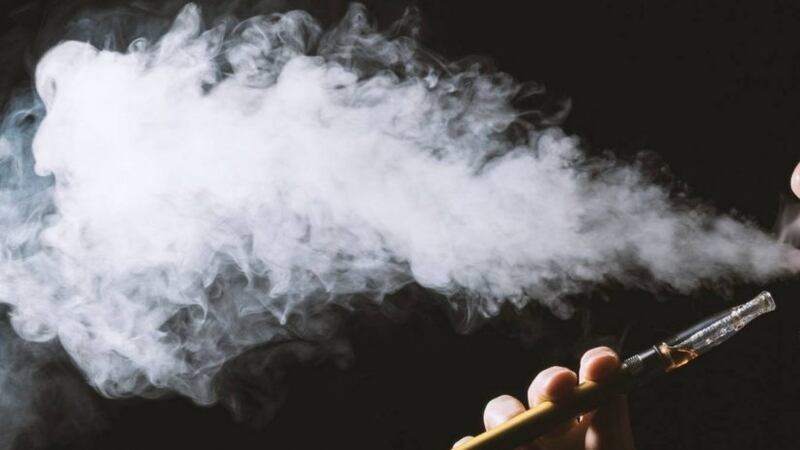Māori and Pasifika high school students are more likely to vape daily than Pākehā students, according to new research.
Action for Smokefree 2025 (ASH) has released data showing Māori teens have the highest rates of daily vaping at 19.1 percent, almost nine percentage points ahead of Pasifika students and 11.3 percentage points ahead of Pākehā students.
Overall, daily vaping among teens has tripled, from 3.1 percent to 9.6 percent.
Conversely, daily smoking among teens has dropped, from two percent in 2019 to 1.3 percent in 2021.
"Where daily vaping is now is probably where smoking was maybe 20 years ago," ASH policy adviser Ben Youdan says.
"We've seen that sort of plateauing of the smoking rates for a long time."
Confusing messaging
The data is the result of ASH's annual Year 10 Snapshot Survey in which around 30,000 14 to 15-year-olds were asked about their experiences with smoking and vaping.
The study shows 61 percent of all Year 10 students who vape daily have never smoked a cigarette. Youdan says others are likely to use vapes to help quit smoking, believing it is less harmful than smoking.
"We have got a massive gap in New Zealand in terms of good, consistent, reputable, safe sources of information for kids around what's going on with vaping because they're just getting bombarded with confusing messaging about it."
"The problem is not necessarily nicotine; the problem is smoking because it's the smoking that kills people … vaping is very much shortening that epidemic," Youdan says.
The 2020 Smokefree Environments and Regulated Products (Vaping) Amendment Act regulates how vapes are sold and marketed. However, Youdan says there are limitations to what this legislation can achieve, as research shows students are getting vapes from peers and adults.
"We need to be having a much more sophisticated conversation around understanding where young people are getting their vapes, what's happening with this social phenomenon, and giving them the skills to be able to make informed decisions about not trying this stuff and not getting hooked on it," Youdan says.
Cancer Society medical director George Laking says he would be surprised if there were long-term adverse health impacts for people who vape. However, he recommends vaping only as an alternative to smoking.
'Bliss out' with nicotine
"If you smoke, the best thing is to stop. If you're not able to stop, switch to vaping."
A 2019 Cancer Society report showed that young people who vape could be four times more likely to start smoking within 12 months. Laking says the finding, while widely debated, has merit.
"You could go from vaping to smoking, or you could go from smoking to vaping because, from the point of view of the person in the middle, it's a way of getting nicotine."
He believes public policy determines whether someone graduates from vaping to smoking or vice versa.
He attributes the increase in vape use to "having a lot of things to be worried about".
"Are they going to have a house to live in? Are they going to have a job? What's going to happen with climate change?"
Laking believes lowering the voting age could help more young people feel in control and less distressed.
"If you see scary messages coming in and you don't have a feeling of control, then a much more appealing path is to just 'bliss out' with nicotine."


